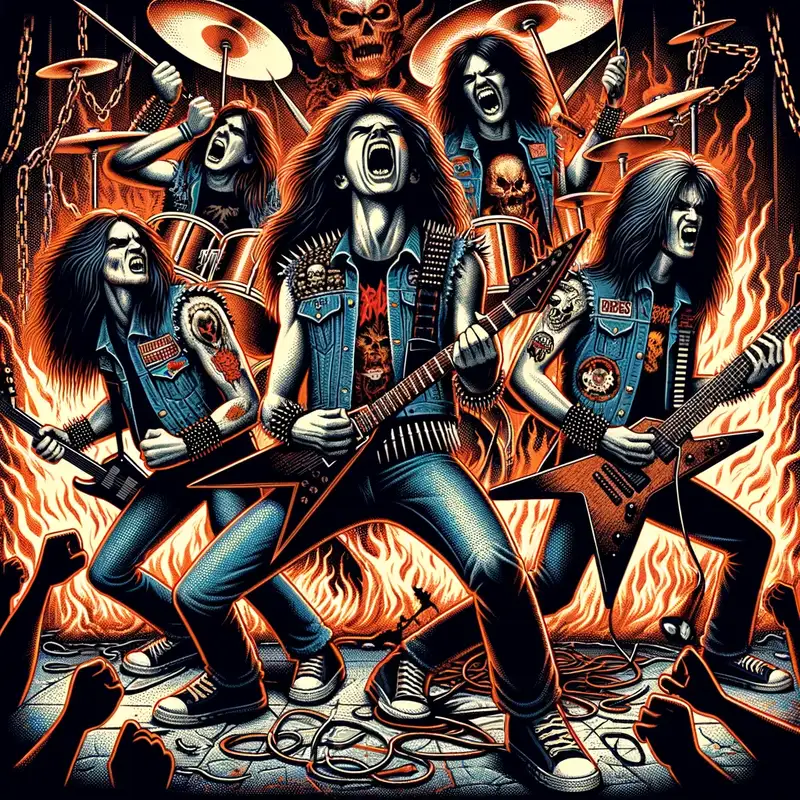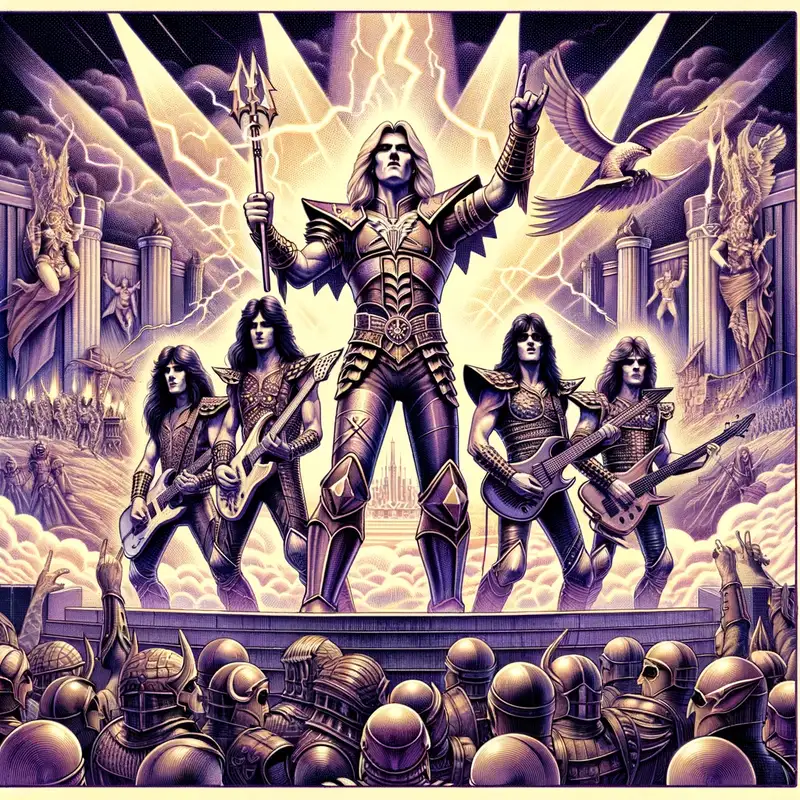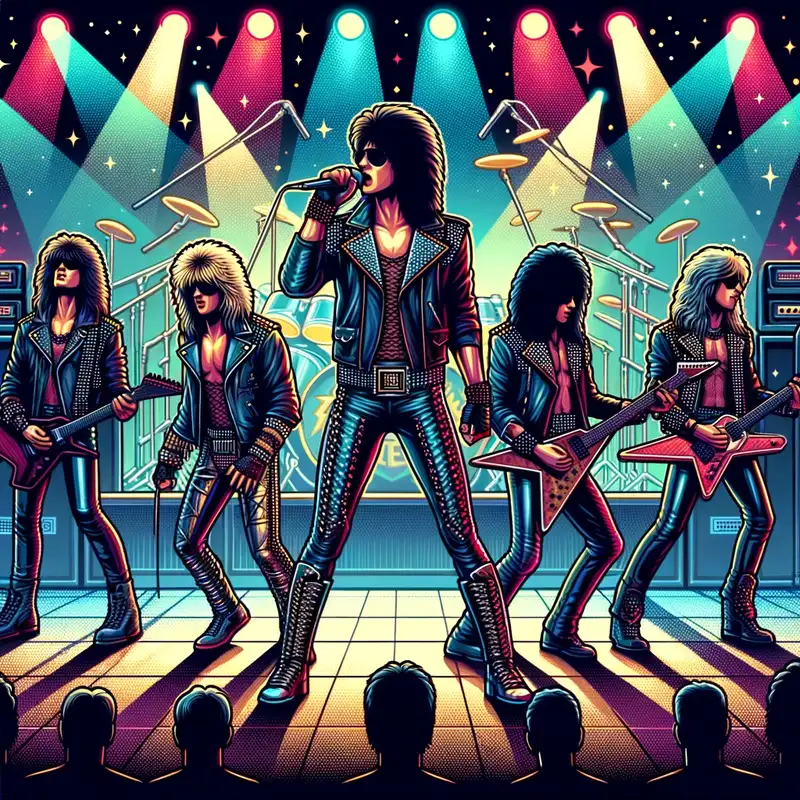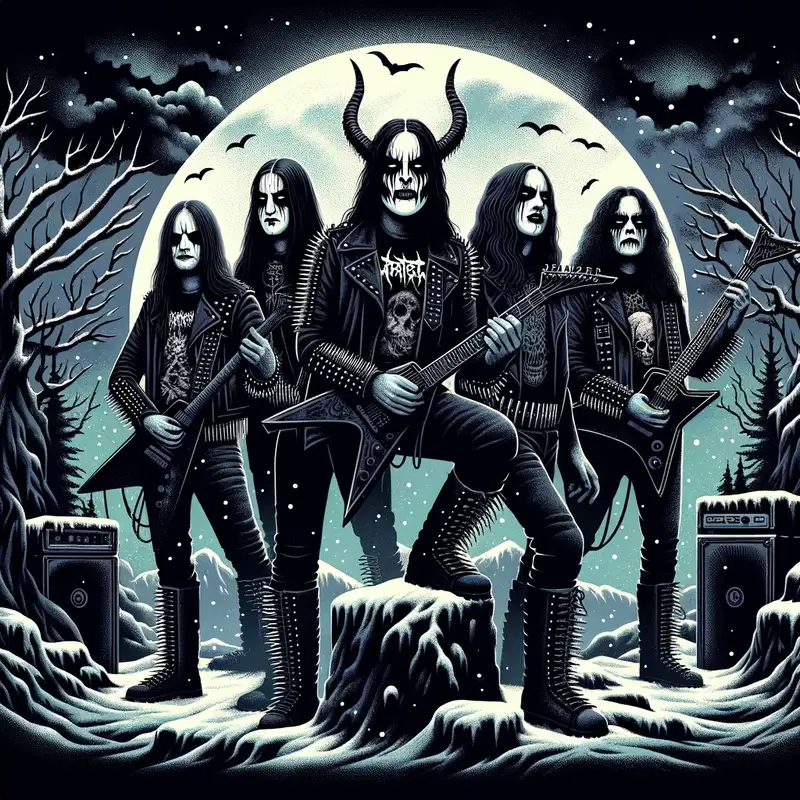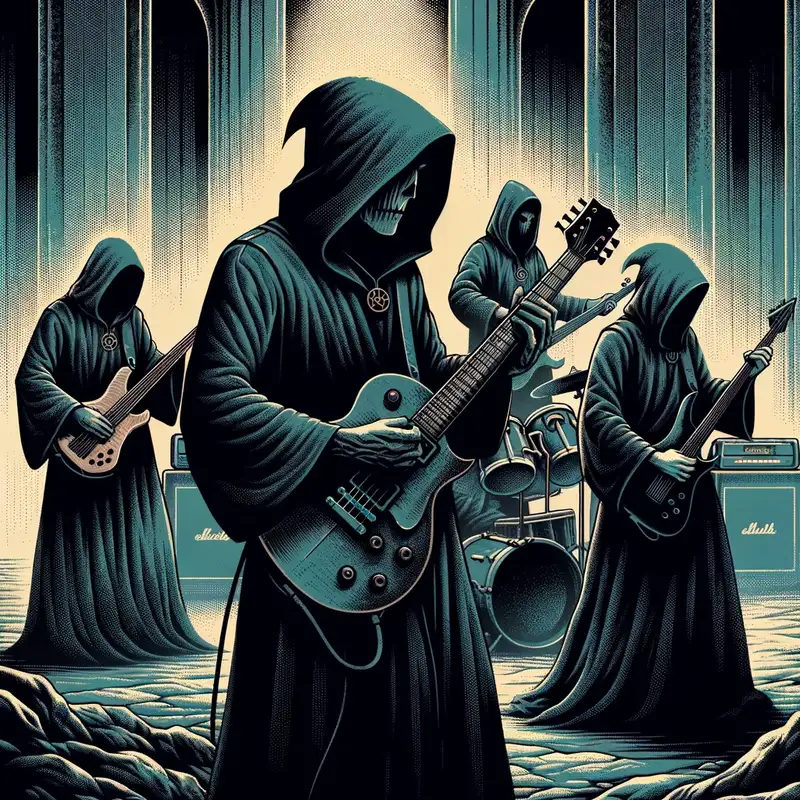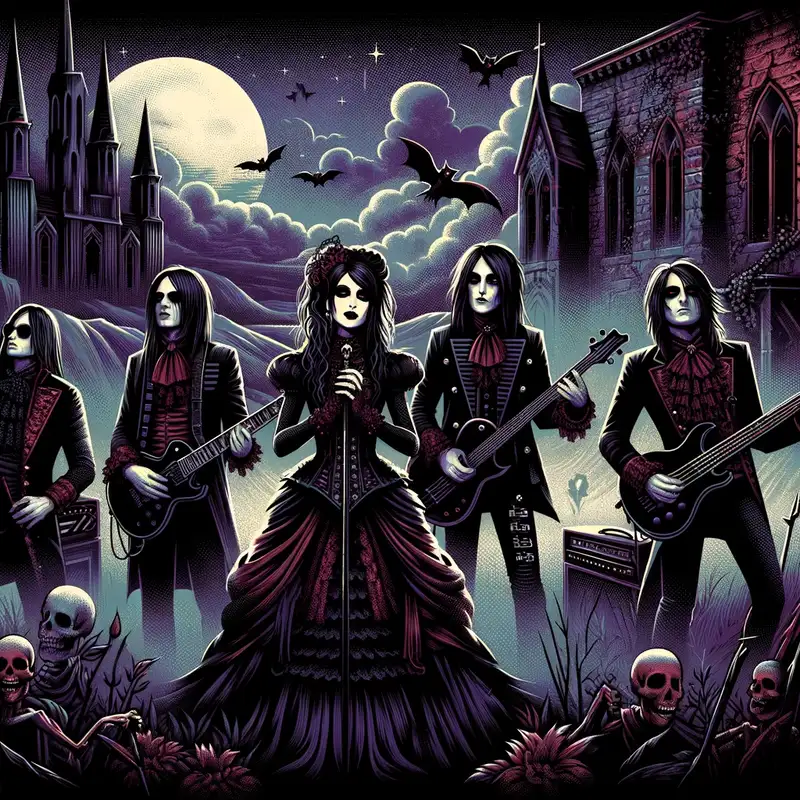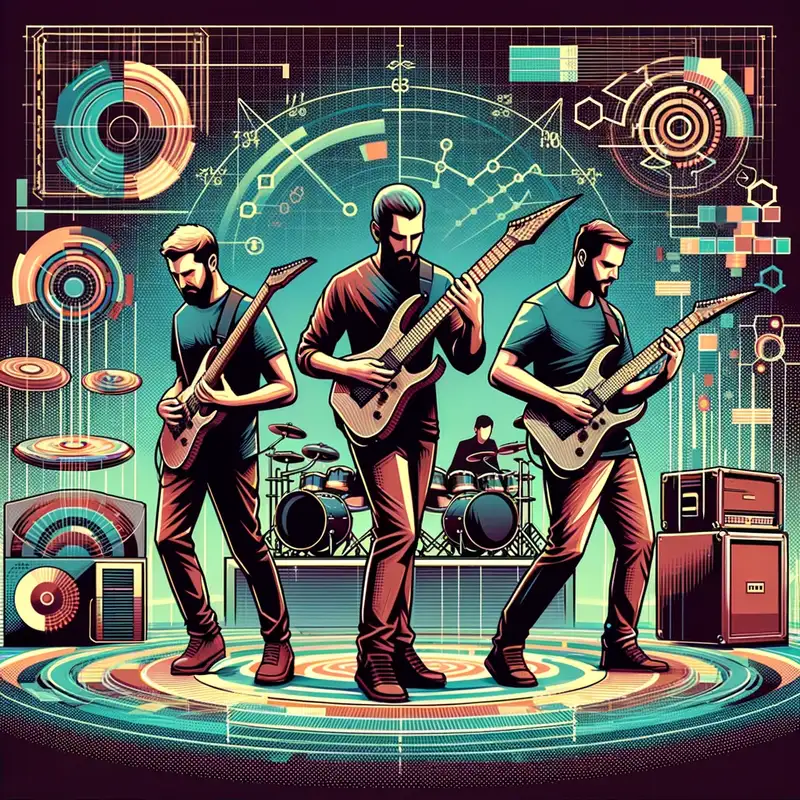Metal Music
Metal music is characterized by its amplified instrumentals, powerful vocals, and intense energy. From its inception in the late 1960s and early 1970s to the numerous subgenres today, metal music has consistently pushed the boundaries of musical expression.
Table of Contents
Characteristics
Subgenres
Origins and Development of Metal Music
Metal music’s evolution can be seen as a series of reactions to socio-cultural movements and musical experimentation.
1. Blues & Rock ‘n’ Roll Foundations
Before metal, there was blues. The electric guitar solos of blues musicians in the 1950s and early 1960s, paired with the emotive, raw vocal delivery, laid a crucial foundation. Rock ‘n’ roll further intensified these elements. The electrifying performances of artists like Chuck Berry and Little Richard set the stage.
2. Hard Rock Pioneers
By the late 1960s, a harder, more aggressive form of rock emerged. Bands like Led Zeppelin, Cream, and The Jimi Hendrix Experience began pushing the boundaries of sound and amplification. The thick, distorted guitar sounds and loud drumming were precursors to the metal genre.
3. Birth of Heavy Metal
Black Sabbath, often deemed the first true heavy metal band, took the heavy riffs of hard rock and infused them with darker themes and a gloomy atmosphere. Their eponymous debut album in 1970, especially the track “Black Sabbath,” is laden with the tritones, also known as the “devil’s interval.”
Deep Purple, with tracks like “Smoke on the Water,” and Led Zeppelin, with its mythical and legendary “Stairway to Heaven,” also played pivotal roles during this era.
4. The New Wave of British Heavy Metal (NWOBHM)
By the late 1970s and early 1980s, bands like Iron Maiden, Judas Priest, and Motörhead emerged. This movement was characterized by faster tempos, virtuosic guitar solos, and a move away from the blues-based structures of earlier hard rock bands.
5. Diversification and Subgenres
Post the NWOBHM era, metal began branching into numerous subgenres:
- Thrash Metal: Faster and more aggressive, with bands like Metallica, Slayer, Megadeth, and Anthrax leading the way.
- Death Metal: Even more extreme, with guttural vocals and complex guitar work. Bands like Death and Morbid Angel pioneered this style.
- Black Metal: Atmospheric, raw, and often controversial due to its association with church burnings and its anti-religious stance. Early bands include Mayhem and Burzum.
- Glam Metal: A more commercial form of metal, characterized by catchy hooks, anthemic choruses, and flashy appearances. Mötley Crüe and Poison are iconic glam metal bands.
- Doom and Gothic Metal: Slower, with an emphasis on atmosphere and mood. Black Sabbath’s early works influenced this genre, and bands like Candlemass and Paradise Lost became standard-bearers.
- Progressive Metal: Incorporates complex song structures, unusual time signatures, and often, conceptual themes. Dream Theater is a flagship band of this genre.
6. Modern Developments
By the late 1990s and into the 2000s, metal fused with other genres, leading to:
Nu-metal, which blended rap and alternative rock elements, with bands like Linkin Park and Korn.
Metalcore is a fusion of extreme metal and hardcore punk, with bands like Killswitch Engage.
Cultural Impact and Controversies
Metal has always been associated with a sense of rebellion, leading to controversies and misunderstandings:
- Satanic Panic: In the 1980s and 90s, metal was often (wrongly) linked to Satanism and violence, leading to public outcries and even lawsuits.
- Parental Concerns: Explicit lyrics and the aggressive nature of the music led to concerns from parents and authorities.
- Festivals & Gatherings: Metal festivals like Wacken Open Air and Download Festival draw tens of thousands of fans, showcasing the genre’s massive following.

